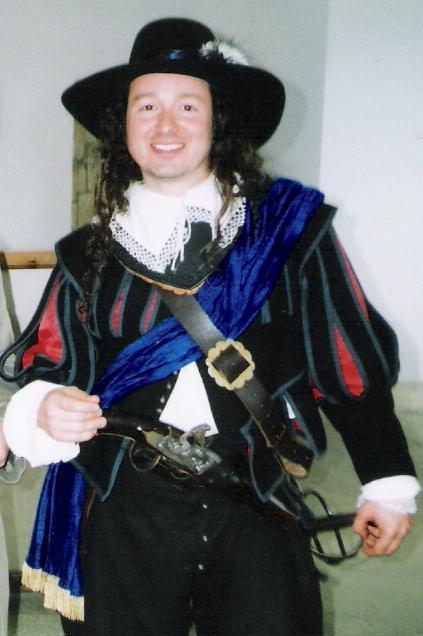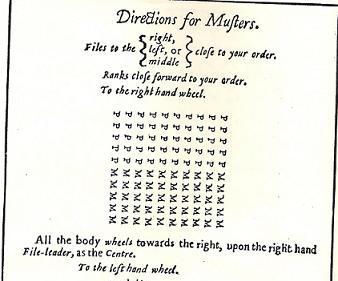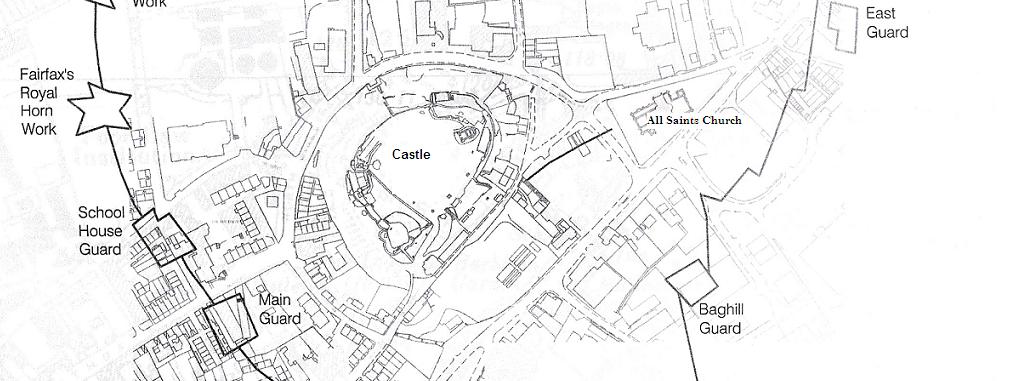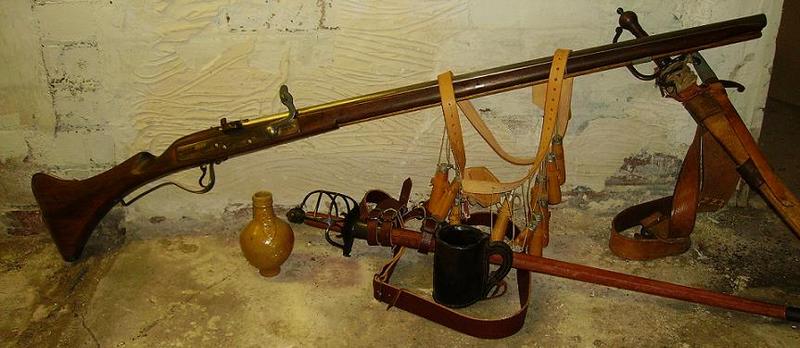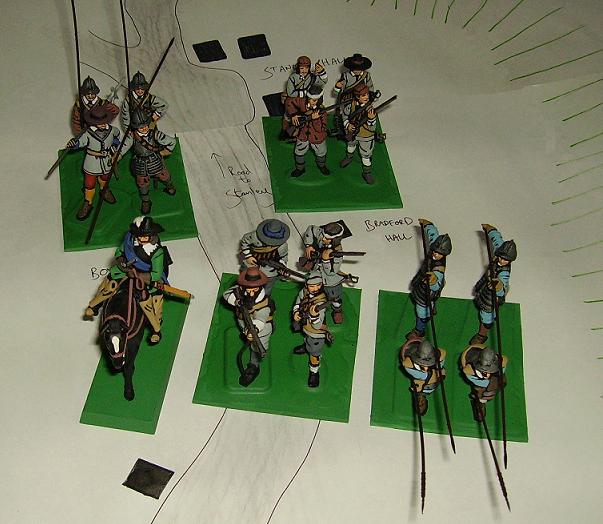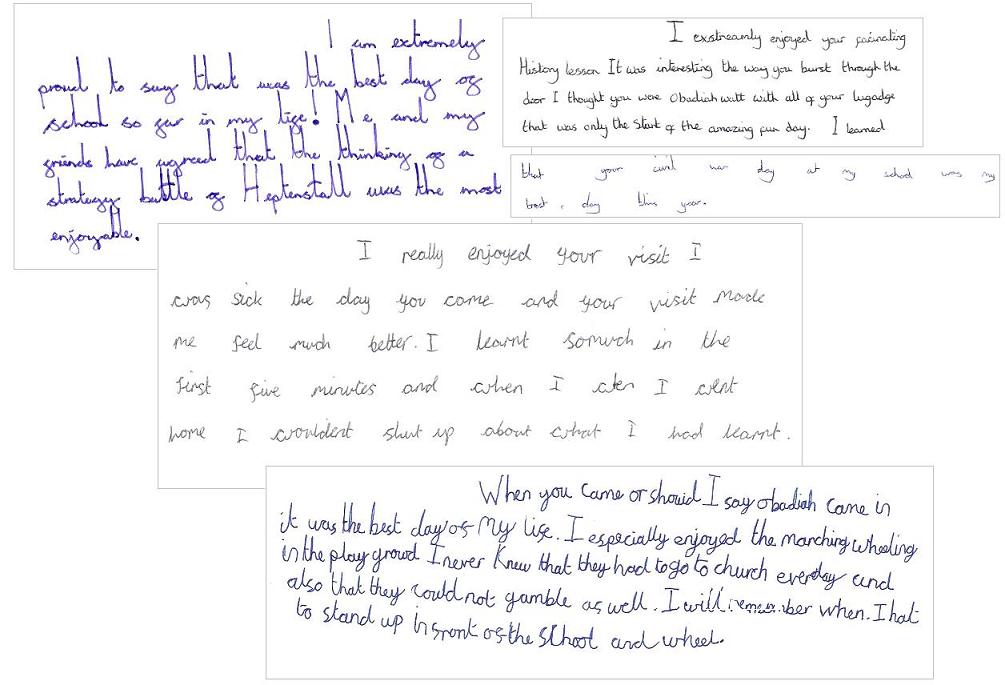For Primary and Secondary School Children
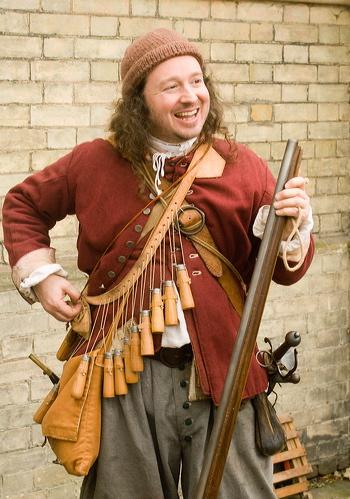 These characters are great for Key Stage 1 and 2 local history studies, and for Key Stage 3 local history and 1509 – 1745.
These characters are great for Key Stage 1 and 2 local history studies, and for Key Stage 3 local history and 1509 – 1745.
I can portray one of several different characters from the Civil War period – a musketeer, an officer or a castle governor from a local fortification. Each can talk about the war as a countrywide phenomenon or as a more local, Yorkshire affair, covering topics from the causes of the war to tactics and weapons, from the day-to-day life of a soldier to the actions and decisions of generals and politicians.
Story telling and question and answer go hand in hand with demonstrations and explanation. Much depends on the age of the children, and the nature of the studies they are doing. If they are studying a particular local castle, for example, then the focus will be on what happened at that particular stronghold and its locality, as well as camp life and siege warfare. The same goes for local battles, places and personalities.
I have also delivered a castle-themed session as an English Civil War governor to Key Stage 1 classes. Please contact me if this is what you are looking for.
Find out More...
Live the civil war!
Possible Session Format for Key Stage 2
Option: Marching drillWeather and playground or hall space permitting, this is a good, physical exercise which gives the children a feel for the kind of drill that soldiers practiced every day, as well as a much better idea of what exactly was involved in a battle. It is a far cry from modern warfare! They will get to know their left from their right as they wheel, turn, counter-march, double their front, etc. |
Option: Description of a BattleAn involving way to give an account of a battle is to go outdoors and have the children represent bodies of men involved in the battle. They move about according to my instructions, allowing a visuospatial perspective on the descriptive story of the battle. |
Option: Creating work for a displayThis can involve most of the children sketching me, my weapons and/or other possessions, &/or interviewing to take notes to write up as information for the display. Photographs could be taken too, or elements that arise from any particular topic you want me to focus on during the earlier sessions. |
Option: A Wargame!This takes half a day and can form the afternoon session when I do a full day with one class, so that I stay in role all morning and only come out of role in the afternoon. (It is always more effective to meet and work with the children as a character first, to maintain their suspension of disbelief.) This involving session utilizes a large map and miniature soldiers to learn about a Civil War battle – either the 1643 battle of Wakefield or the battle of Heptonstall later that year. The children already have an idea about the types soldiers involved and their weapons (from the morning session) and now peruse the map with me to learn about the local terrain. Then they divide into groups to work out and write down their detailed battle plans. We then fight the battle like a wargame, so that the children see what might have happened if they were in command! The session ends with me showing the children what actually happened, and now that they properly understand the map and representative units their understanding is deepened. Comparing what happened 360 years ago to their own little battles fascinates the children. NB: The children’s battle plans might even be incorporated into the display mentioned as an option above. |

